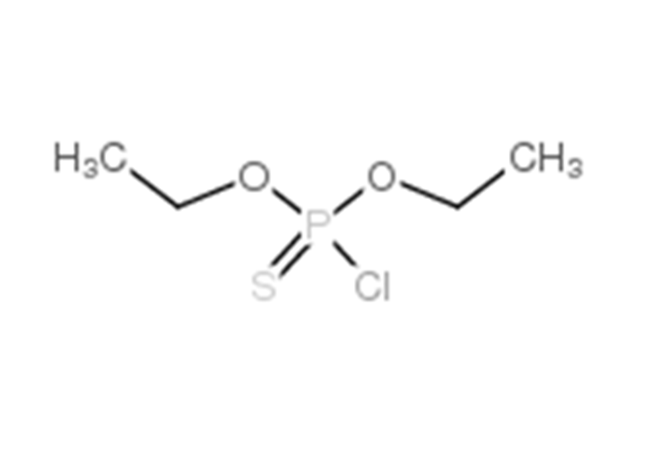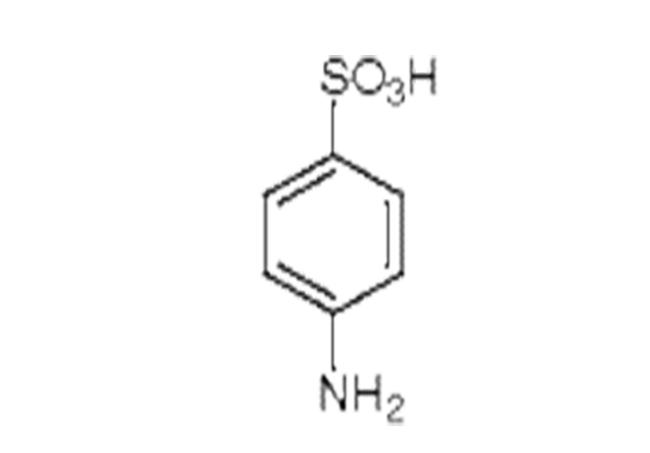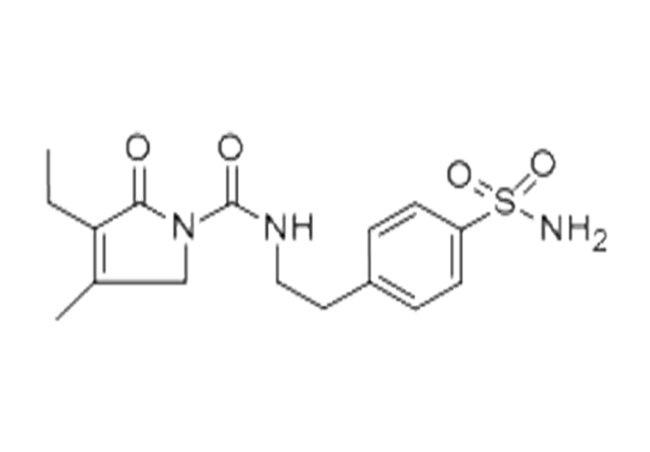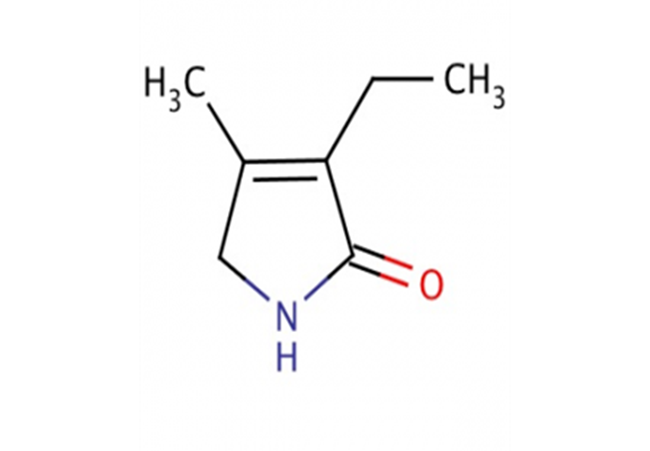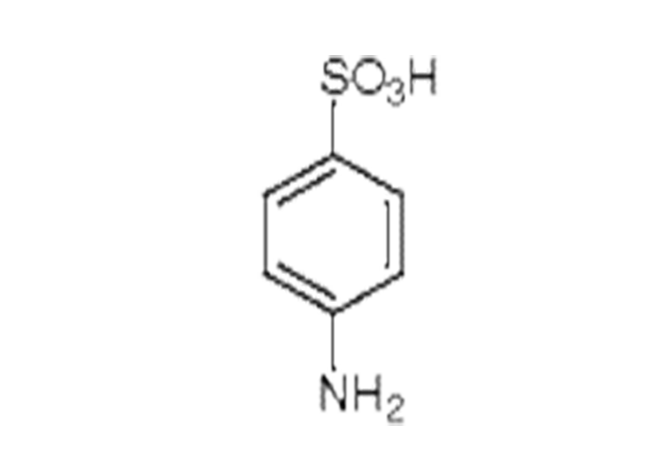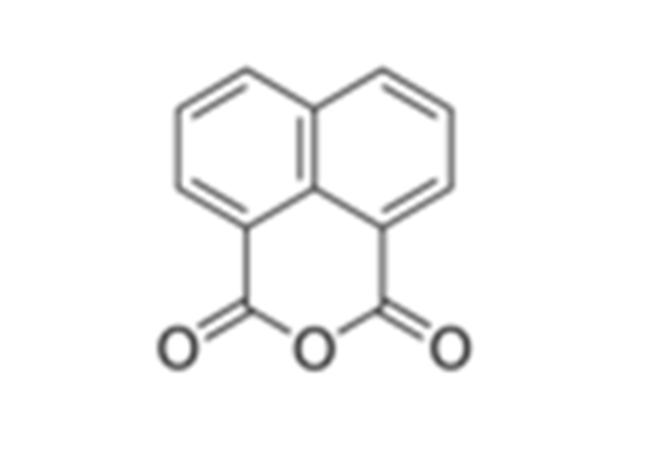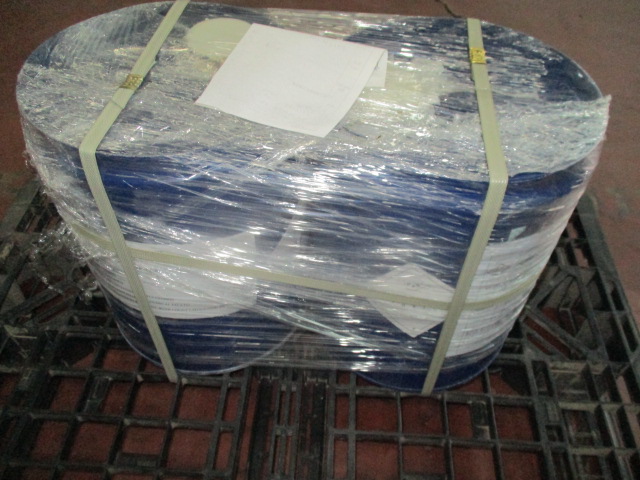Melting point : -20 °C
Boiling point : 103 °C20 mm Hg(lit.)
density : 1.212 g/mL at 20 °C
vapor density : 1 (vs air)
vapor pressure : 1.39 psi ( 20 °C)
refractive index : n20/D 1.519(lit.)
Fp : 197 °F
storage temp. : 2-8°C
Water Solubility : decomposes
Sensitive : Moisture Sensitive
Chemical Properties:light yellow liquid
General Description:A colorless liquid with an acrid odor. Vapors irritate eyes and mucous membranes. Corrosive to metals and tissue. Long-term inhalation of low concentrations or short-term inhalation of high concentrations can result in adverse health effects.
- Albanian
- Arabic
- Armenian
- Azerbaijani
- Belarusian
- Bengali
- Bulgarian
- Croatian
- Czech
- Danish
- Dutch
- English
- Esperanto
- Estonian
- Finnish
- French
- Georgian
- German
- Greek
- Hungarian
- Icelandic
- Indonesian
- Italian
- Japanese
- kazakh
- Korean
- Kyrgyz
- Lao
- Latin
- Latvian
- Malay
- Mongolian
- Nepali
- Norwegian
- Persian
- Polish
- Portuguese
- Romanian
- Russian
- Serbian
- Slovak
- Slovenian
- Spanish
- Swedish
- Thai
- Turkish
- Turkmen
- Ukrainian
- Uzbek
- Vietnamese

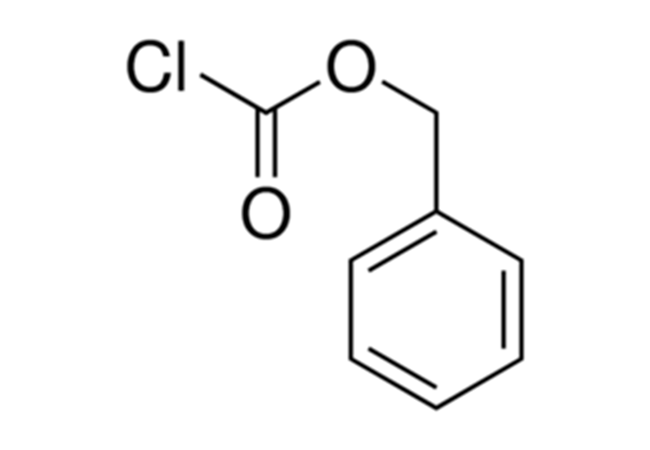
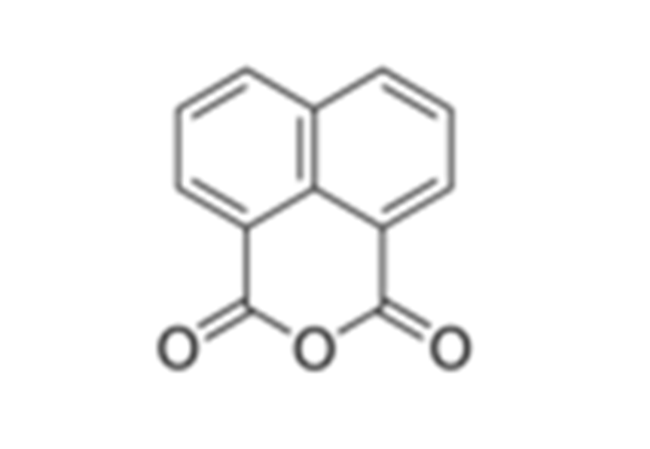
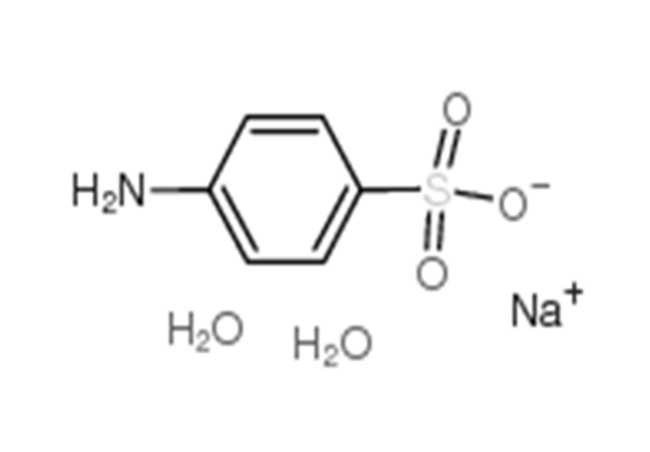
![Ethanol,2-[(4-aminophenyl)sulfonyl]-, 1-(hydrogen sulfate) (cas No. 2494-89-5) Ethanol,2-[(4-aminophenyl)sulfonyl]-, 1-(hydrogen sulfate) (cas No. 2494-89-5)](https://www.foringfor.cn/images/auto/image-XA0l268yRNWnwHuTSwZc0Q.webp )
